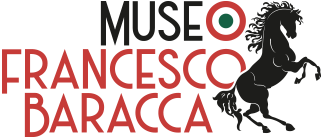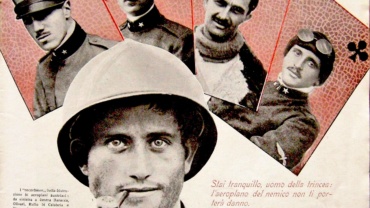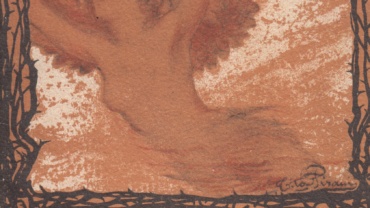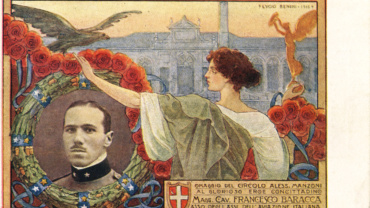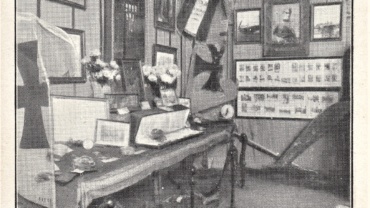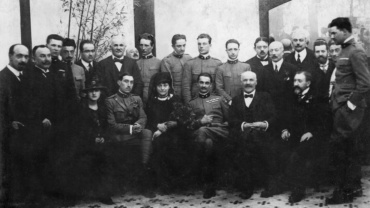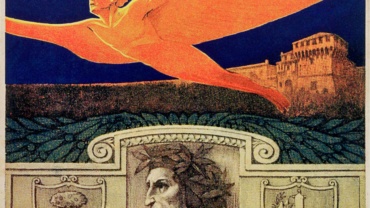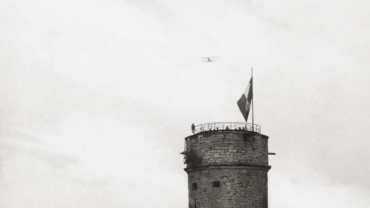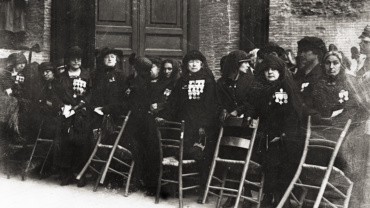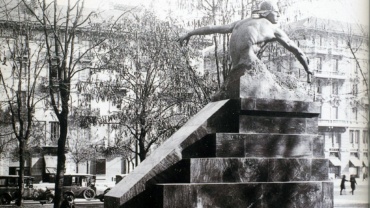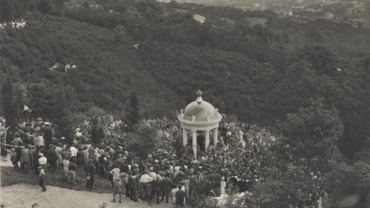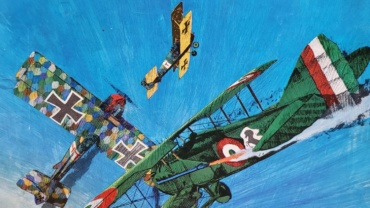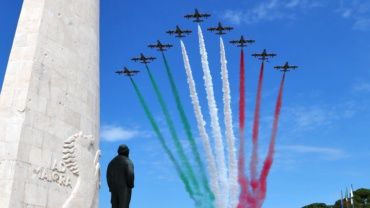La 91a Squadriglia
“Tra breve, forse fra una decina di giorni, formerò una squadriglia di pochi scelti piloti, montati su nuovi apparecchi rimanendo dove sono ”.
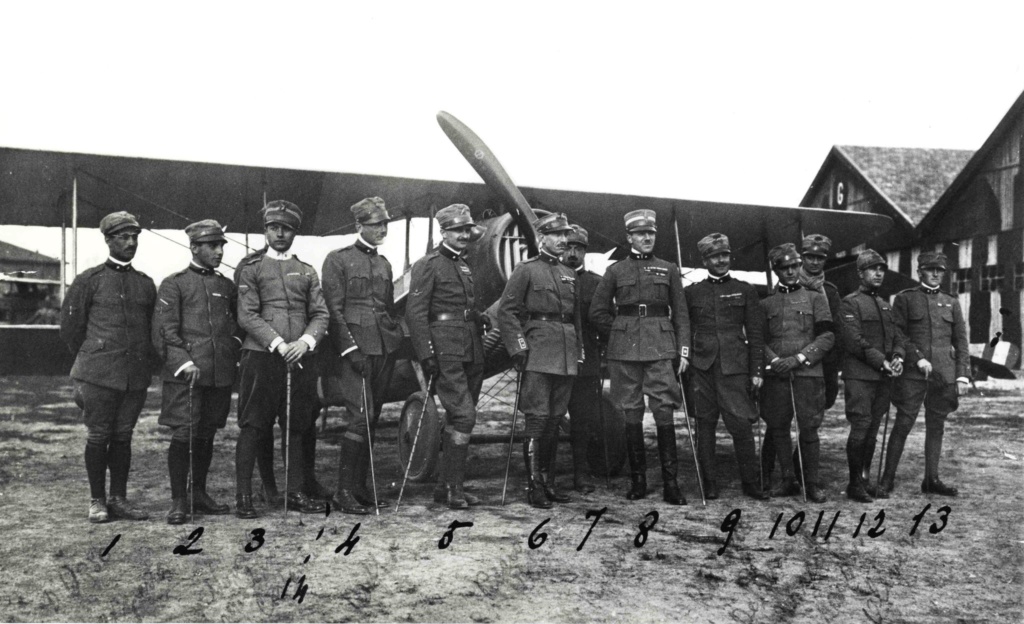
The myth
Italy’s leading ace during the Great War with 34 victories, decorated with the Gold Medal for Military Valour, Baracca enjoyed a genuine popularity even during his lifetime that transcended differences in rank, gender, age and political affiliations.
The process of transfiguration, which would be fully completed with his death and final consecration in the years to come, saw in his mother, Countess Paolina Biancoli, the main architect. In addition to preserving her son’s documents and heirlooms, the noblewoman entertained numerous correspondence exchanges with political authorities of national calibre, men of letters, artists, schools, associations and charities for orphans and war invalids.
In the years that followed, Francesco’s parents took part in countless commemorations and ceremonies: the Great Roman Aviation Day at Centocelle and the naming of the same airfield after Baracca in 1919, and the Translation of the Unknown Soldier in Rome in 1921, to name but a few. The Baracca couple were among the main promoters of motor and sporting competitions such as the Coppa Baracca, an aeronautical event held from 1921 to 1925. The first edition, held in Ravenna, was presented as “the world’s greatest aviation day” and saw the participation of countless aviators, both civilian and military, who competed for the trophy after covering 1000 km in a single day.
A few years later, more precisely in 1930, work began in Villa S. Martino, a hamlet south of Lugo, on the creation of a ‘makeshift field’ that would later become the headquarters of the Aeroclub dedicated to Asso.
From the first weeks after Baracca’s death, committees and subscriptions were set up for the erection of two monuments, in Lugo and Nervesa della Battaglia respectively. If, in the first case, we had to wait until 1936 to admire the Rambelli Wing, near the place where Baracca had lost his life, a memorial stone was already placed in 1919, around which, in 1930, a shrine was built, along the frieze of which some words from Gabriele D’Annunzio’s funeral oration were inscribed. A third monument dedicated to Baracca was created in 1931 in Milan by Silvio Monfrini. Alongside the sculpture, various artists such as Gino Luchini, Lucio Benini, Plinio Nomellini and Alessandro Bruschetti portrayed the ace with different techniques and styles.
As part of the glorification of Baracca and his exploits, many memorabilia he collected were shown in numerous exhibitions dedicated to the war dead heroes of the First World War, starting with the 1918 National War Exhibition in Bologna.
During the Ventennio (Fascist period), the figure of Francesco Baracca was further popularised by editorial initiatives such as the publication of his letters and biographies. The latter, predominantly hagiographic and aimed exclusively at exalting his morals and military capabilities, contributed to reducing his broad and rich personality into the stereotype of the hero-martyr.
After World War II, the Lugo aviator’s popularity did not diminish, as witnessed by the great celebrations in 1968, the year of the 50th anniversary of his death, which were attended by many of Baracca’s former comrades and adversaries, such as Aurelio Baruzzi, Ferruccio Ranza and Goffredo De Banfield.
Among the various areas of homage to Baracca, there is also the musical one. In 1918, Lugo composer Vincenzo Cicognani published “Pace…! Scene musicate reali e fantastiche, in quattro parti” (real and imaginary scenes set to music, in four parts), dedicated to U.S. President W. Wilson and to “the memory of Francesco Baracca”. In 1920, another important local musician, futurist Francesco Balilla Pratella, already the author of “L’aviatore Dro”, wrote the scores for the hymn of the Coppa Baracca. In more recent times, two singer-songwriters such as Sergio Endrigo and Francesco De Gregori dedicated two of their songs to the figure of the Italian Ace of Aces, respectively “Francesco Baracca” in 1982 and “Spad VII S2489” in 2001.
Also deserving of mention is the movie that brought Baracca to the big screen and television: the animated film “Porco Rosso”, directed by Hayao Miyazaki, in which we find Francesco in the unusual role of seaplane pilot.
The figures of Francesco Baracca and Federico Caprilli inspired the figure of the young officer Umberto Solaro, protagonist of the 1936 film “Cavalleria”, played by Amedeo Nazzari.
In 2018, on the occasion of the centenary of his death, the city of Lugo remembered its fellow citizen with a rich calendar of initiatives that reached its climax on the 19th of June, the day of Baracca’s death, with the passage of the Pattuglia Acrobatica Nazionale over the Rambelli Monument.


